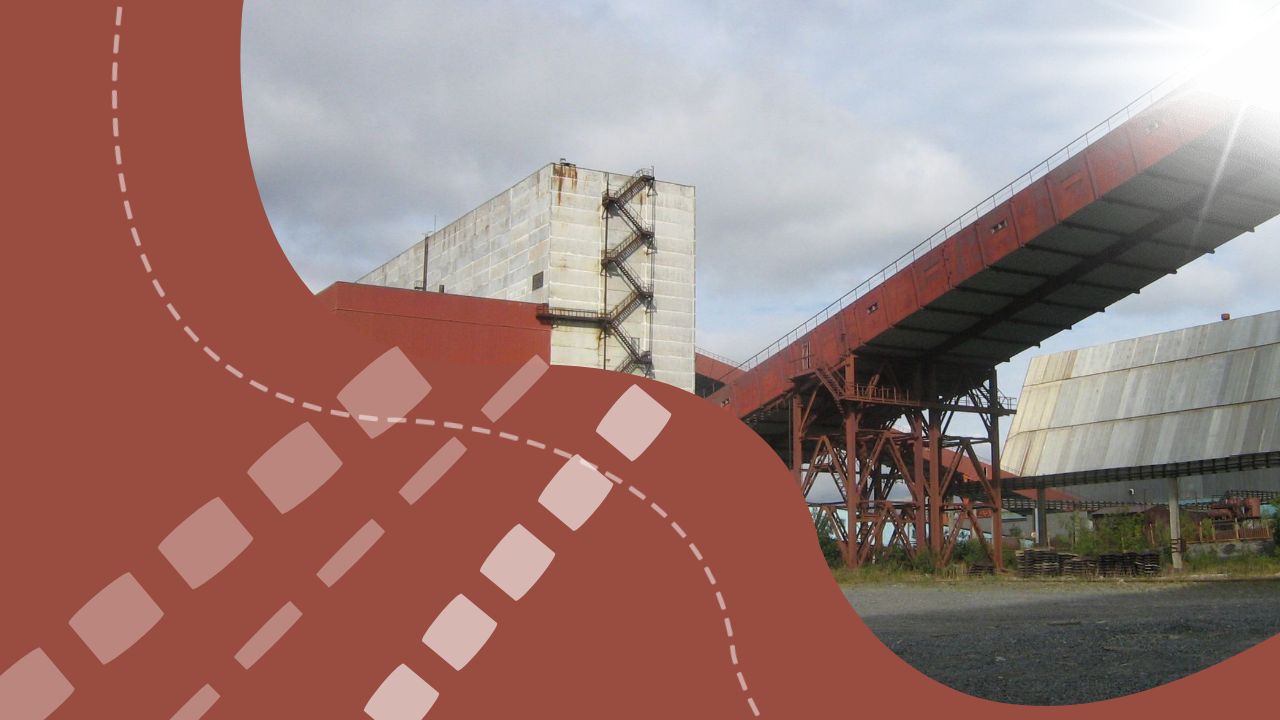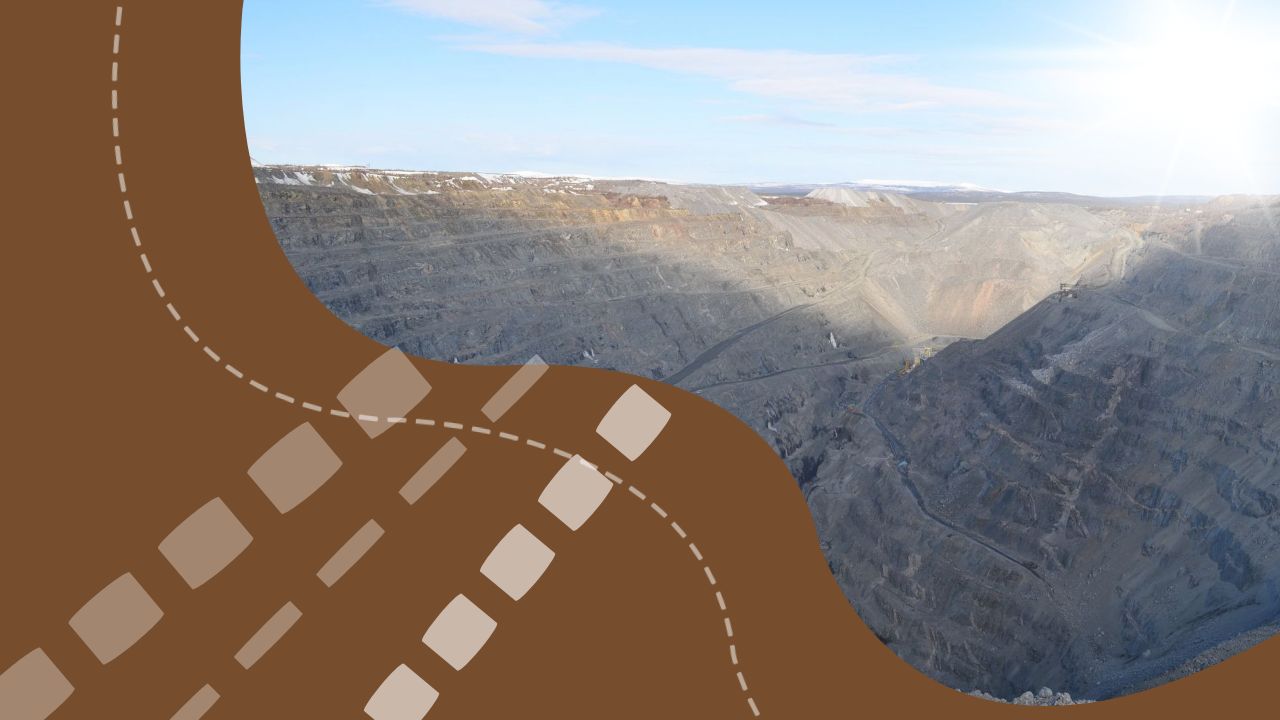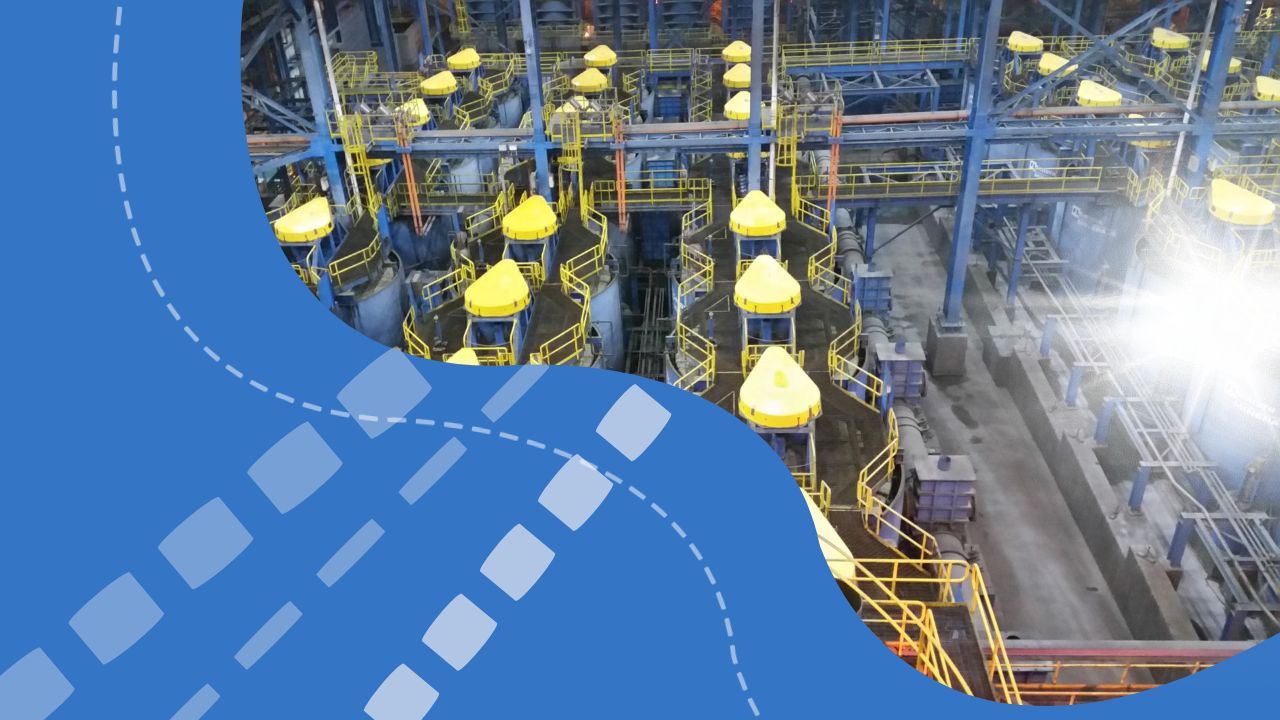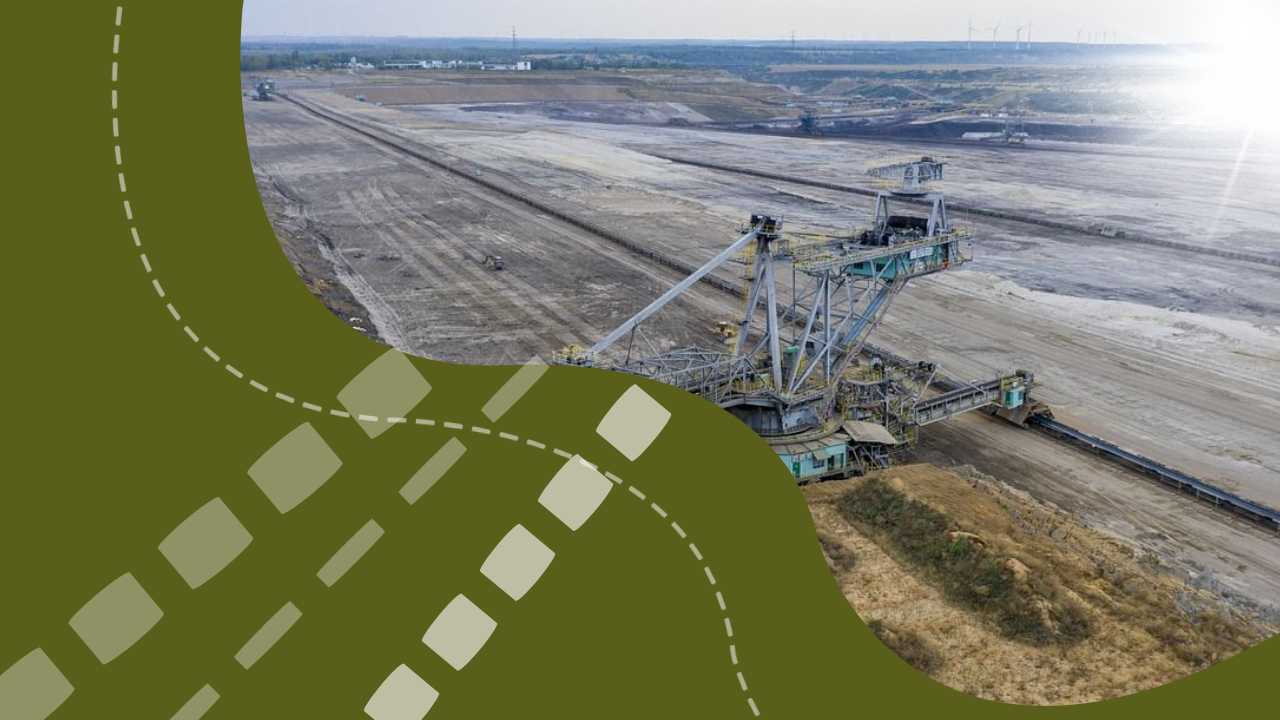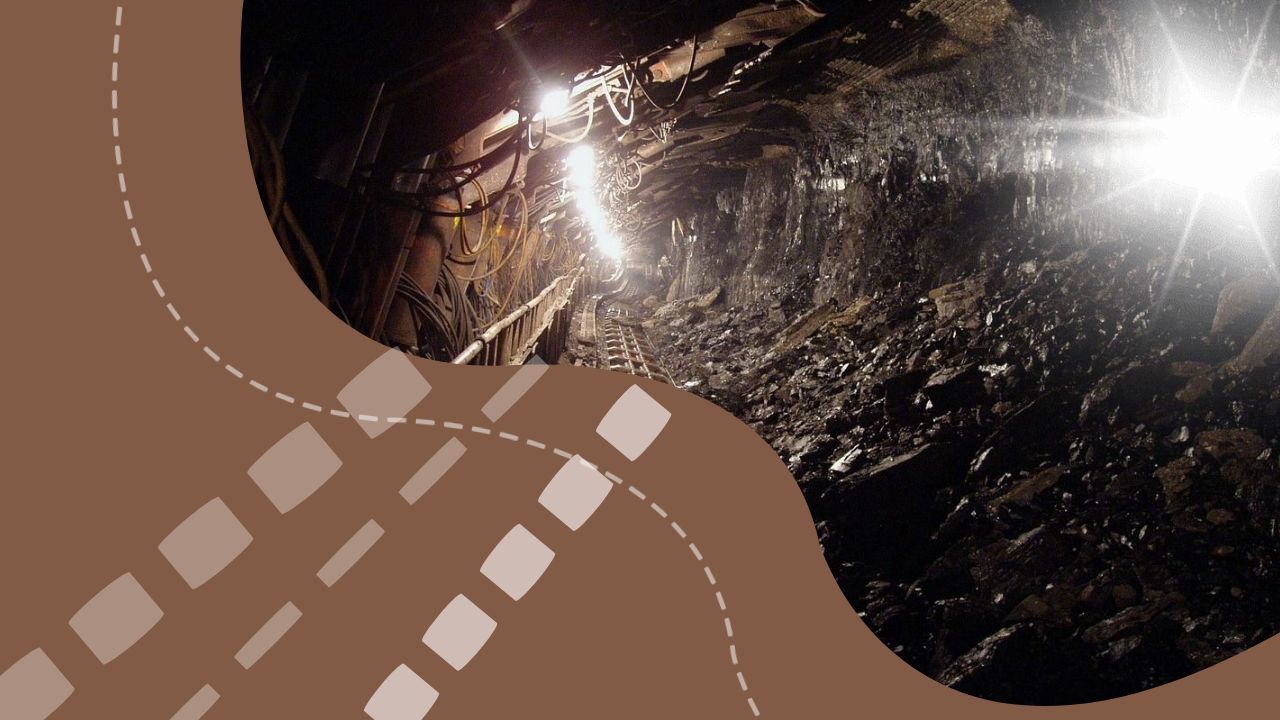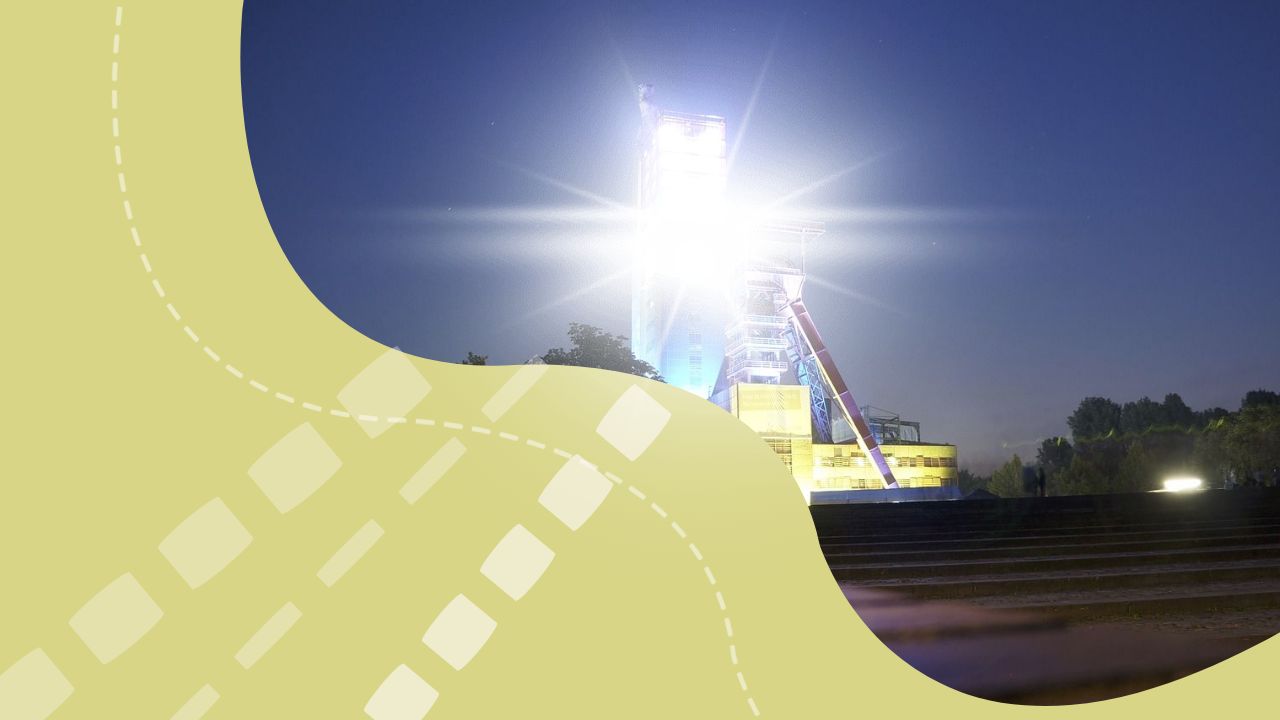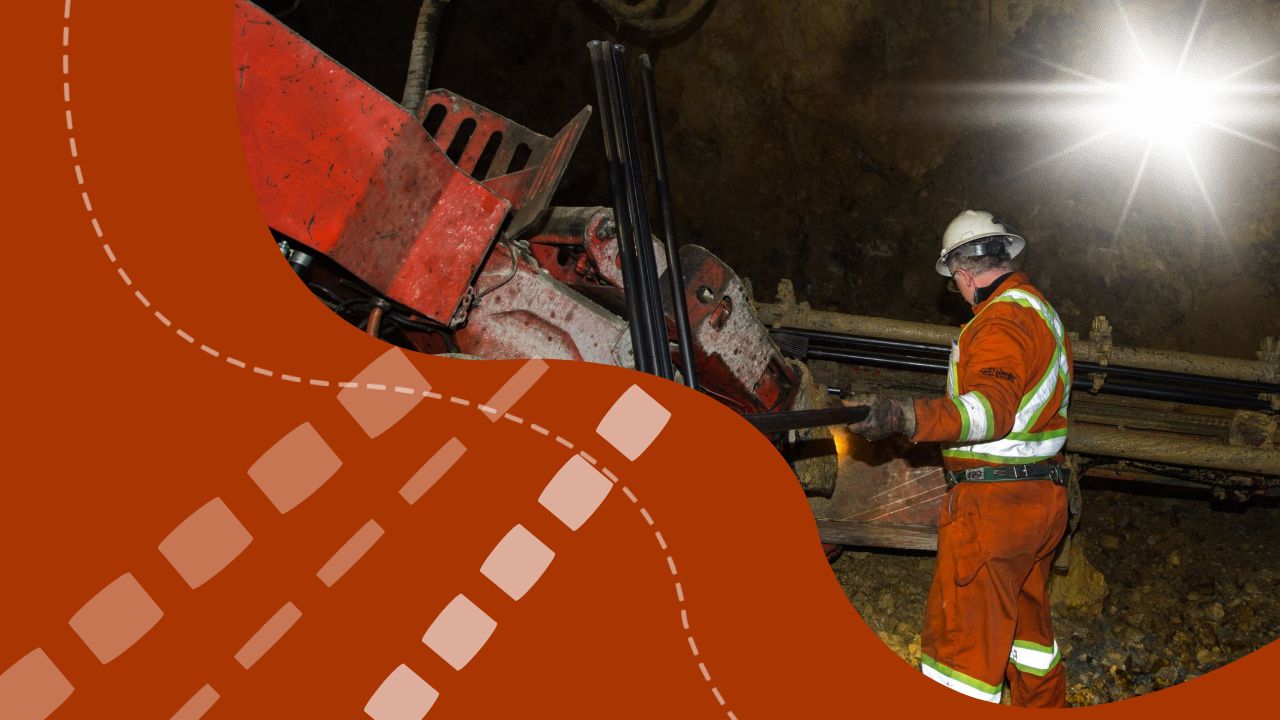Nigel Robinson discusses the positive production results for 2023, with copper, zinc, and lead all meeting or exceeding guidance. He emphasizes the company’s focus on business development and growth opportunities. Kazakhstan is highlighted as a potential area for future projects, with the company teaming up with experienced geologists to explore for new opportunities. R
Central Asia Metals (CAML), a diversified base metals producer, has demonstrated resilience and strategic growth amidst challenging economic conditions in the first half of 2024. Despite facing a 17% decline in metal prices, cost inflation of 10-15%, and tax increases in Kazakhstan for the first time in a decade, CAML has maintained a strong performance. The company reported the production of 6,700 tons of copper, 9,700 tons of zinc, and 13,700 tons of lead in the first six months, aligning with its annual production guidance. This achievement was underscored by a commendable safety record, with a Lost Time Injury Frequency Rate (LTIFR) of 0.8, surpassing the target of 1.3.
Financially, CAML showcased robust results with revenue just under $100 million and an EBITDA of approximately $49 million, translating to a 49% EBITDA margin. The company also generated $24.1 million in free cash flow, enabling a dividend payout of nine pence per share. This financial health is further bolstered by a debt-free balance sheet and cash reserves of $50.6 million.
Strategic projects such as the Sasa transition to paste fill mining and the construction of a solar farm are on track, promising operational and environmental benefits. The transition to paste fill mining at the Sasa mine is expected to enhance metal recovery, reduce dilution, and enable access to complex ore bodies, while also addressing waste management challenges.
On the business development front, CAML has been active, evaluating 22 opportunities, signing five NDAs, and conducting three site visits. Although two focused opportunities did not materialize, the company remains committed to growth, leveraging its strong balance sheet to explore early-stage opportunities and transformative transactions.
CAML’s partnership with Terra Exploration in Kazakhstan exemplifies its strategy to identify and develop early-stage mining opportunities. This collaboration aims to leverage Terra Exploration’s expertise and CAML’s resources to secure new licenses and potentially discover viable mining projects.
The company’s commitment to Environmental, Social, and Governance (ESG) principles is evident in its reporting and operational practices. CAML has published its fourth sustainability report, supports the Task Force on Climate-related Financial Disclosures (TCFD), and plans to report its Scope 3 emissions. Internally, CAML has set ambitious targets across key sustainability pillars, including a 50% reduction in greenhouse gas emissions by 2030 and increased local community investment.

